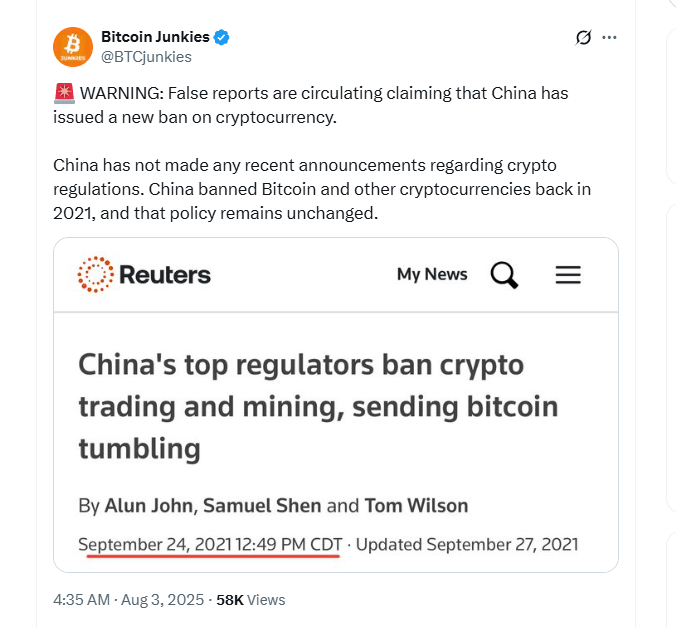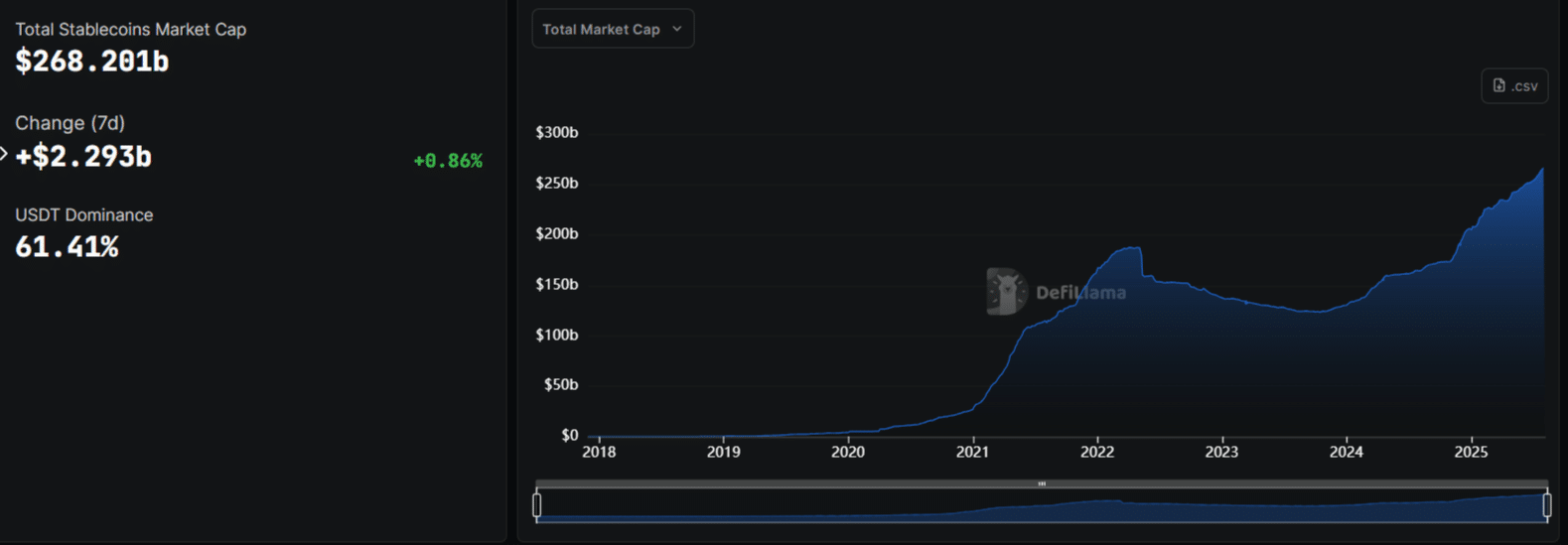China’s Dollar Endgame: Why Hong Kong is the Smart Money’s Bet in 2025
Hong Kong emerges as the linchpin in Beijing's audacious play to reshape global finance—and the dollar's dominance hangs in the balance.
### The Digital Yuan's Beachhead
While Wall Street naps on legacy rails, China's CBDC quietly turns Hong Kong into a blockchain-powered bypass to SWIFT. No fanfare, just execution.
### The Gold-Backed Curveball
Rumors swirl of yuan-denominated commodities contracts settling through Hong Kong's crypto corridors. If true, it's a direct shot across the petrodollar's bow.
### Hedge Funds Take Notice
Whispers from family offices suggest 3x more capital flowing into HK crypto vehicles vs. 2024. The 'neutral' port looks increasingly like a Trojan horse.
Finance wonks scoff—until they check their USD portfolios. Again.
In addition, Beijing announced this week that it will start unloading its stockpile of seized crypto through licensed exchanges in Hong Kong.
By pushing confiscated assets into licensed platforms, China injects liquidity, props up volume, and molds Hong Kong into a pricing engine for global crypto markets. Here’s what you need to know:
China Crypto Ban is a LIE That Will See Hong Kong Become the Biggest BTC Hub
Hong Kong’s digital asset framework rests on several legal pillars:
- The 2022 Anti‑Money Laundering & Counter‑Terrorist Financing Ordinance (AMLO) mandates licensing all virtual asset trading platforms.
- Stablecoin Ordinance, effective August 1, 2025, mandates rigorous reserve requirements, redemption mechanisms, and Hong Kong-based incorporation for issuers.
- LEAP 2.0, introduced in June 2025, offers unified licensing across crypto products and fosters cross-sector collaboration.
However, licensing alone doesn’t create influence. Liquidity does. By offloading state-seized crypto through Hong Kong, we’ll see added liquidity turn the city into a pressure valve, and China can open or close to influence global crypto markets.

(Source)
Real-time data from CoinGlass and DeFiLlama illustrate the impact of open interest on Hong Kong-listed crypto pairs, which have surged by 35% in recent weeks.
Additionally, on-chain stablecoin TVL through issuers targeting Hong Kong stablecoin licenses already shows a 28% month-on-month increase—suggesting that institutional capital is positioning for the new regime.

(Source)
Strategic Implications: Hong Kong Ascendant, U.S. Passive
By strategically aligning regulation and liquidity, China aims to build Hong Kong into a digital asset super-hub—a geopolitical and financial lever. Unlike the U.S., which maintains a passive “hold-only” Bitcoin reserve, Hong Kong can convert and deploy crypto to influence price discovery and market narratives.
This shift raises critical questions:
For crypto investors, compliance professionals, and policymakers alike, the takeaway is clear: Hong Kong now holds the switch.
For years, crypto has been held back by boomers who refuse to accept that the writing is on the wall. The same people pursuing wars they can’t win are holding back the crypto revolution because they think they can still rule the world if they censor the Internet.
China is waking up to that game, and nobody can stop them.
Key Takeaways
- The China crypto ban just added another delicious layer to the Asian markets. China is creating a dip so they can buy it.
- By strategically aligning regulation and liquidity, China aims to build Hong Kong into a digital asset super-hub.

